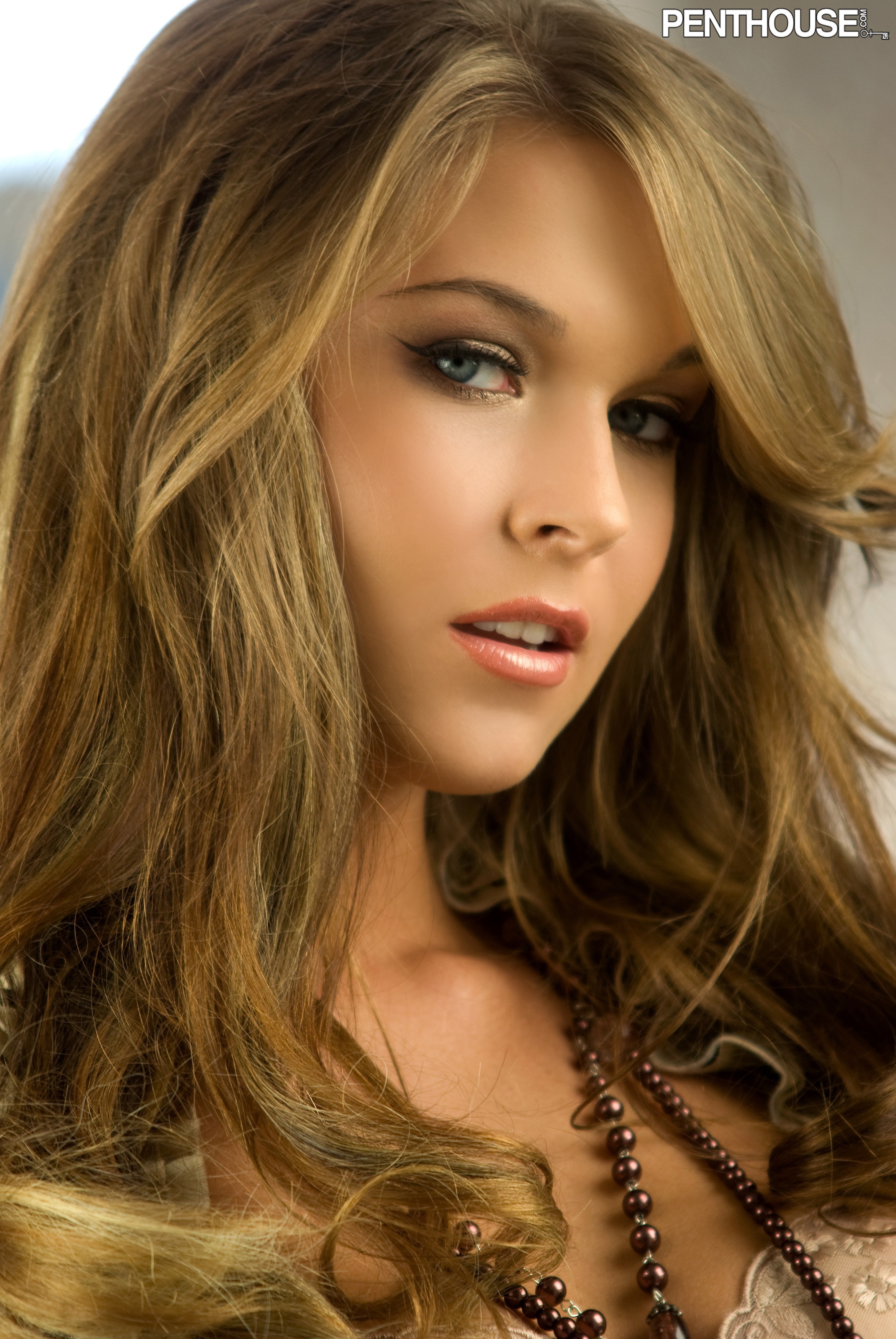

Everything is a bit … uncertain at this moment. Weirdly, he’s not wearing his trademark medallion. His fifties-rocker hair is iron-gray, but he looks buff and is tanned tandoori-red, and given his habits, this suggests a tanning-bed, not the sun. He is wearing slacks, sneakers, and an unstylish tank top. Suddenly, Guccione materializes beside me. A hefty Bible, a present from Kathy Keeton, sits on another.

A gilded piano stands at one end of the room, there are busts of Apollo and Augustus Caesar at the other, and carved caryatids stand on either side of an ornate fireplace in the middle.

The ballroom is up a flight of white marble stairs. Two of the Roman images on the wall are antique bas-reliefs of the emperors Nero and Vespasian, and the third was a prop from Guccione’s X-rated movie, Caligula. “It was incredible to watch.” Two lead sphinxes, cast for Napoleon, each with the head of Marie Antoinette, are at the far end of the pool, flanking a Roman statue of Bacchus holding a bunch of grapes. “He designed every inch of the house,” says Peter Bloch, the current editor of Penthouse. The walls are of narrow Byzantine bricks, made to his specifications. The indoor swimming pool shimmers on what used to be the ground floor of the house next door, until the publisher brought them together. There’s a barking on the other side of the black wrought-iron gate, but the five Rhodesian Ridgebacks are shut away, and the El Greco-a female saint, eyes heavenward-confronts you as you walk in off the street. I have known Guccione since his London years and have been here from time to time, and at first the house seems unchanged. “Not in a while,” Guccione’s executive administrative assistant, Susan Moore, says levelly. When was there last a ball in the ballroom? I ask. Otherwise, he works in his bedroom or the workroom, where the light-boxes are, or he paints in his studio, all of which lie above the ballroom. But Keeton died in 1997, and Guccione now sees few people apart from his staff of eleven, and he leaves the house only to see the doctor, have his hair cut, or for an occasional weekend.

He didn’t see many people even when his third wife, Kathy Keeton, was alive, but she would sometimes prevail on him to entertain, either in the city or at their country house in Rhinebeck. Nowadays, a “legendary recluse” usually means a famous person without a publicist, but Bob Guccione actually is a legendary recluse. The mansion, used as collateral for Atlantic City real-estate loans, is now owned by his creditors, and Guccione, they say, may face eviction as early as February 6. In 1985, Forbes magazine put Guccione on its Rich List, figuring that he was worth $200 million. It’s one of the biggest private houses in Manhattan, with 30 rooms, and it costs $5 million a year to maintain. The walls that had been hung with Van Gogh, Matisse, Renoir, Chagall, a couple of Degas pastels, a Modigliani nude, and a Rose Period Picasso were now hung with … Gucciones.īob Guccione, the begetter of Penthouse magazine, has occupied this townhouse at 12 East 67th Street since he moved from London in the mid-seventies, the better to do battle with Hugh Hefner’s Playboy. The paintings in Bob Guccione’s ballroom, that is.


 0 kommentar(er)
0 kommentar(er)
